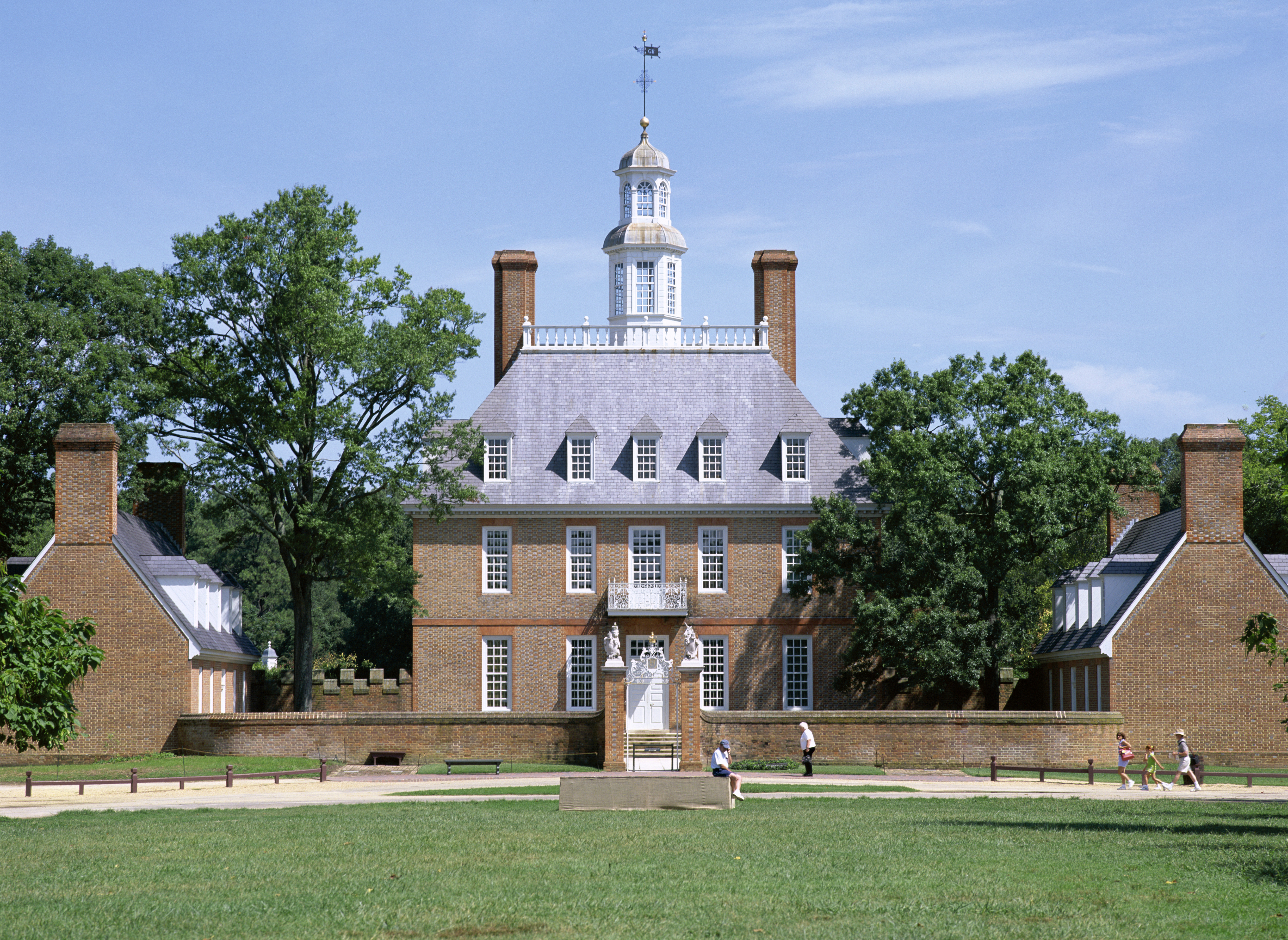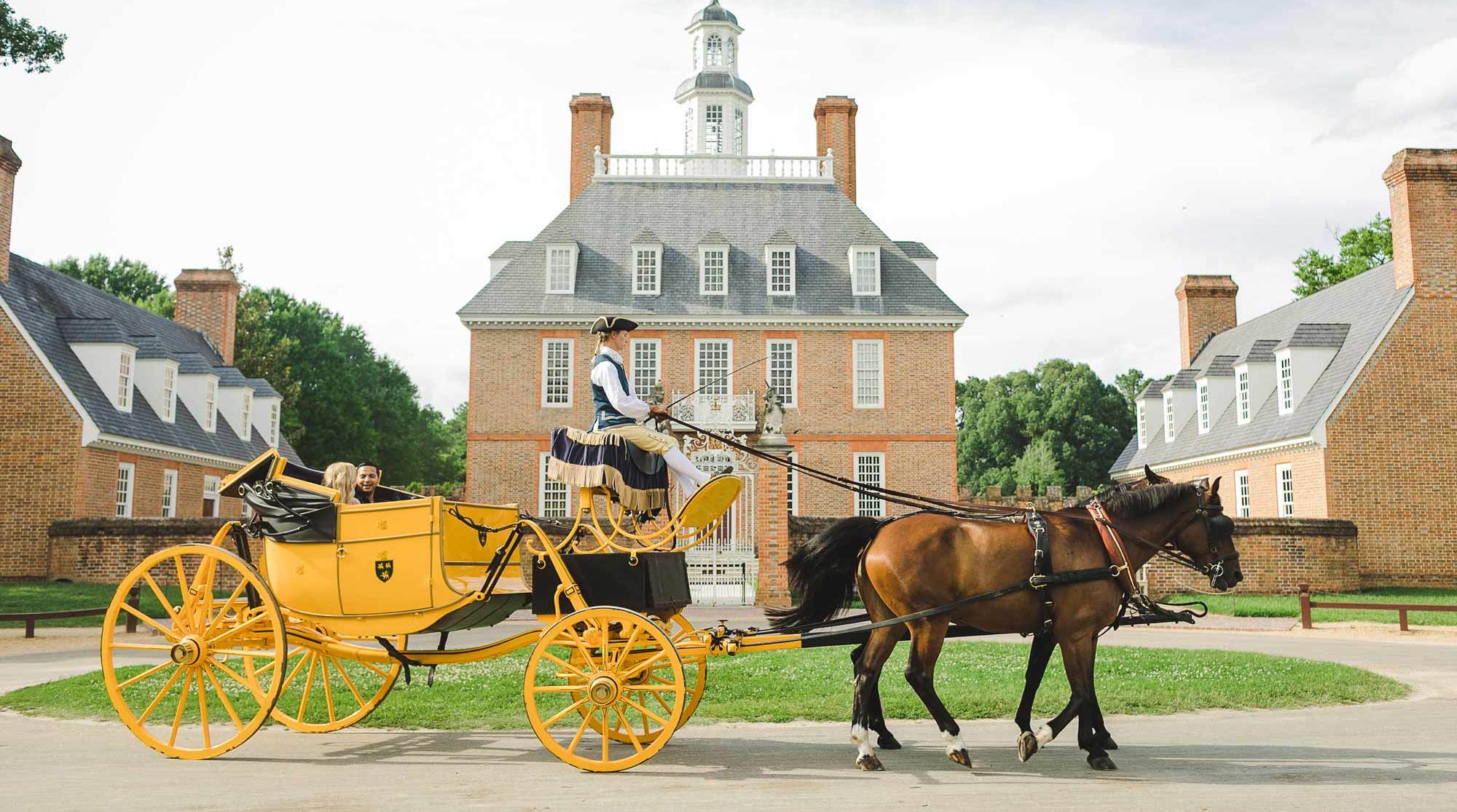
Colonial Williamsburg: A Living Canvas of America’s Complex Beginnings
The air in Colonial Williamsburg carries a different weight. It’s thick with the scent of woodsmoke from a blacksmith’s forge, the earthy aroma of horses, and the faint, sweet perfume of blooming magnolias. The dominant sounds are not the hum of traffic or the blare of a car horn, but the clip-clop of horse-drawn carriages, the rhythmic clang of hammer on anvil, and the spirited chatter of costumed interpreters. Stepping onto the gravel paths of this meticulously restored 18th-century capital of Virginia is to embark on a journey not just through space, but through time itself – a vivid, immersive plunge into the crucible of early American history.
Colonial Williamsburg, covering 301 acres, is more than just a historical theme park; it is the world’s largest outdoor living history museum. Comprising 88 original 18th-century structures and hundreds of carefully reconstructed buildings, shops, and homes, it meticulously recreates the political, social, and economic life of the nascent United States just as the seeds of revolution were beginning to sprout. It is a place where the past isn’t merely observed through glass cases but actively lived, breathed, and debated.
The genesis of this ambitious undertaking dates back to the early 20th century. In 1926, the Reverend W.A.R. Goodwin, rector of Bruton Parish Church, approached philanthropist John D. Rockefeller Jr. with a grand, almost fantastical vision. Goodwin described Williamsburg as a "ghostly city," its historic structures obscured by the trappings of modernity, yearning to be restored to its colonial glory. Rockefeller, captivated by the idea of preserving this pivotal piece of American heritage, committed an unprecedented fortune to the project, transforming a sleepy, semi-modern town back into its 1770s iteration. This monumental act of preservation and reconstruction laid the foundation for what would become an unparalleled educational institution, dedicated to telling the story of the nation’s founding.

Walking through Colonial Williamsburg today, visitors encounter a meticulously crafted illusion. There are no neon signs, no modern vehicles (save for discreet service ones), and certainly no plastic. Instead, the streets are lined with brick and clapboard buildings, each telling a story. The costumed interpreters, often referred to as "nation builders," are not just actors; they are deeply knowledgeable historians, artisans, and educators who embody the roles of real or representative 18th-century residents. They might be a wigmaker discussing the latest fashions, a printer setting type for a revolutionary broadside, or a cooper crafting a barrel with centuries-old techniques. Their conversations are steeped in the concerns, news, and perspectives of their time, offering an unparalleled window into the daily lives of Virginians on the eve of independence.
The sensory experience is profound. In the Cabinetmaker’s Shop, the air is fragrant with sawdust and the intricate designs of mahogany and walnut. At the Blacksmith’s, the clang of the hammer on hot iron rings out, and the smell of coal smoke is ever-present. The sound of fife and drum corps practicing martial music resonates from the Capitol or the Governor’s Palace, recalling the military precision of the era. Visitors can witness the laborious process of printing a newspaper at the Printing Office, learn about colonial justice at the Courthouse, or experience the grandeur and political intrigue of the Governor’s Palace, the official residence of the British Crown’s representative in Virginia. These hands-on demonstrations and direct interactions are the heart of Colonial Williamsburg’s educational mission, making history tangible and relatable.
Beyond the daily life, Williamsburg was a political hotbed, the very epicenter of colonial power in Virginia and a crucible for the ideas that would fuel the American Revolution. The Capitol building, a majestic H-shaped structure, witnessed debates and declarations that shaped the nation. It was here that Patrick Henry delivered his fiery speeches against British tyranny, and where the Virginia Declaration of Rights – a precursor to the Declaration of Independence and the Bill of Rights – was adopted in 1776. Thomas Jefferson studied law under George Wythe at the College of William & Mary, a mere stone’s throw from the Capitol, absorbing the Enlightenment ideals that would later inform his monumental contributions to American thought. George Washington, a regular visitor, walked these very streets, strategizing with fellow patriots. The very air seems to hum with the echoes of these momentous discussions, offering a profound connection to the intellectual and political ferment of the era.
However, a truly comprehensive understanding of 18th-century America, and Colonial Williamsburg’s role in interpreting it, necessitates confronting the more uncomfortable, yet undeniable, truths of the past. For decades, like many historical interpretations of its time, Colonial Williamsburg presented an idealized version of colonial life, often sidelining the pervasive and brutal institution of slavery. But in recent decades, the Foundation has made concerted efforts to rectify this omission, embracing a more inclusive and historically accurate narrative.
Today, the story of slavery is woven deeply into the fabric of the experience, presented with candor and sensitivity. Specialized tours like "The Other Half" delve into the lives of enslaved African Americans, revealing their resilience, their contributions to the colonial economy, and the constant struggle for freedom. Interpreters portray real historical figures, such as Edith Cumbo, a free Black shoemaker, or Jupiter, an enslaved man who worked at the Governor’s Palace, giving voice to those long silenced. Programs might depict slave auctions, the realities of domestic servitude, or the challenges faced by free Black communities. This commitment to telling the full story, acknowledging the paradox of liberty and bondage that defined the era, is perhaps one of Colonial Williamsburg’s most significant and courageous evolutions. It serves as a searing indictment of the past while fostering a deeper understanding of the complex origins of American identity and the ongoing struggle for civil rights.
The evolution of Colonial Williamsburg reflects a broader shift in historical interpretation – a recognition that history is not static but a dynamic field of ongoing research and reevaluation. The Foundation continually updates its programs and exhibits based on new archaeological findings, documentary evidence, and scholarly insights. This commitment ensures that the historical narrative remains robust, relevant, and challenging.
Why does Colonial Williamsburg matter in the 21st century? In an age of instant information and digital distractions, it offers a tangible connection to the past, grounding visitors in the physical realities of a bygone era. It’s more than just an escape; it’s an educational imperative. By walking in the footsteps of those who built the nation, by engaging with the ideas that sparked a revolution, and by grappling with the moral complexities of the time, visitors gain a profound appreciation for the fragility and resilience of democratic ideals. It fosters critical thinking about citizenship, governance, and the enduring quest for freedom and equality.
As visitors depart Colonial Williamsburg, perhaps with the scent of woodsmoke still clinging to their clothes and the echoes of a fife and drum tune in their ears, they carry with them not just memories of a charming historical village, but a deeper, more nuanced understanding of the nation’s origins. It is a potent reminder that the pursuit of a "more perfect Union" began in places like this, amidst both inspiring ideals and profound contradictions, a journey that continues to unfold even today. Colonial Williamsburg, in its painstaking detail and its evolving narrative, stands as a vibrant, living canvas of America’s complex and compelling beginnings, urging us to look back to understand where we are, and where we might yet go.



